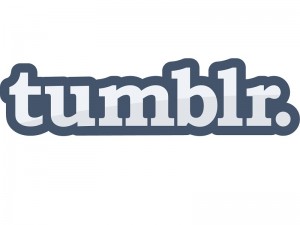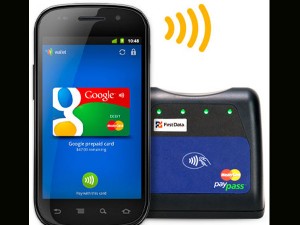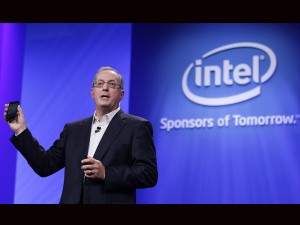Jessica Guynn / Los Angeles Times
 SAN FRANCISCO—Facebook Chief Executive Mark Zuckerberg said its new features create “frictionless sharing.”
SAN FRANCISCO—Facebook Chief Executive Mark Zuckerberg said its new features create “frictionless sharing.”
But they are causing friction with some users and consumer groups.
Facebook
unveiled last week services that make it easier for its 800 million
users to share more information about themselves and their lives online.
The social-networking service showed off a dramatic redesign of users’
profiles, a timeline that charts in chronological order all the
information users have shared in the past. Facebook also said that
third-party applications would—with users’ consent—automatically share
every action users take, such as the songs they listen to or the videos
they watch.
Privacy
watchdogs are urging the Federal Trade Commission to look into the new
features that they say push users to share more than they may feel
comfortable sharing.
Marc
Rotenberg, executive director of the watchdog group Electronic Privacy
Information Center, which has criticized Facebook in the past, said he
was sending a letter to the FTC pressing his organization’s concerns,
which he says the agency has so far failed to address.
“It’s
getting really difficult to evaluate the changes that Facebook makes,
and I say that as a privacy professional. I can’t imagine what the
typical user goes through,” Rotenberg said. “Users might opt in to what
Facebook is planning to do, but Facebook never gives users that option.
It just marches forward and users have to go along.” Facebook did not
respond to a request for comment. An agency spokesman declined to say if
the FTC is investigating Facebook. The FTC does not discuss
investigations unless the subject of an inquiry discloses the
investigation, she said.
Privacy
watchdogs aren’t the only ones who say Facebook is stripping away its
users’ privacy. Writer Ben Barr of technology blog Mashable in a blog
post said, “We’re at the point of no return.”
“Facebook’s
passive sharing will change how we live our lives. More and more, the
things we do in real life will end up as Facebook posts,” Parr wrote.
“And while we may be consoled by the fact that most of this stuff is
being posted just to our friends, it only takes one friend to share that
information with his or her friends to start a viral chain.”
Facebook
says it gives users the ability to control the privacy of their
personal information. And it has taken recent steps to give users even
greater control.
But
it continues to be dogged by privacy concerns as it taps users’
information to better target advertising. Advertising sales make up most
of the income for Facebook, which is preparing for a highly anticipated
initial public offering next year.
With
Internet companies gathering huge volumes of personal information,
lawmakers and regulators in the US and Europe have stepped up scrutiny.
In
March, Google settled with the FTC, which had accused the Internet
search giant of engaging in deceptive practices with the rollout of the
social-networking service called Buzz. Google agreed to put in place a
privacy program and to be audited by a third party every other year.
Over the summer, Google launched another social-networking service,
Google+, which is seen as a credible competitor to Facebook.
Spotify
and other third-party applications are already being made available to
Facebook users. The redesign of users’ profiles will roll out in coming
weeks.
As
consumers tried to digest the latest Facebook changes, another concern
emerged: Blogger Nik Cubrilovic accused Facebook of using cookies to
track users when they are logged off from the service.
Facebook
engineer Gregg Stefancik denied that the company tracked users in a
comment on Cubrilovic’s blog post. Stefancik said that Facebook
alters—but does not delete—cookies when users log out. But he says
Facebook does that as a safety measure and does not use the cookies to
track users or sell their personal information.
In
a statement, Facebook said the logged-out cookies are used to identify
spammers and phishers and detect when an unauthorized person is trying
to access a user’s account, among other things.
Tim
Whitlock, chief technology officer and co-founder of Brandfeed, a
company that helps promote brands, said users should think through the
consequences of sharing personal information on Facebook.
“Most
people understand that sites like Facebook are free to use for a
reason. It’s not because Mark Zuckerberg loves you, it’s because
Facebook and its peers make money from your data and from your
eyeballs,” Whitlock wrote. “We need to start thinking beyond what our
data is currently used for...and wonder what else the information we
hand over today might be used for tomorrow.”

 SEATTLE—The
next version of Windows is being billed as a radical reinvention of
Microsoft Corp.’s flagship operating system—the most extensive overhaul
since Windows 95.
SEATTLE—The
next version of Windows is being billed as a radical reinvention of
Microsoft Corp.’s flagship operating system—the most extensive overhaul
since Windows 95. 
